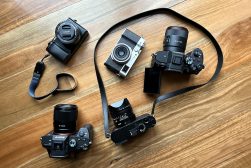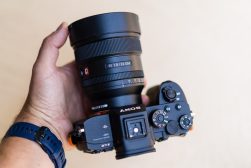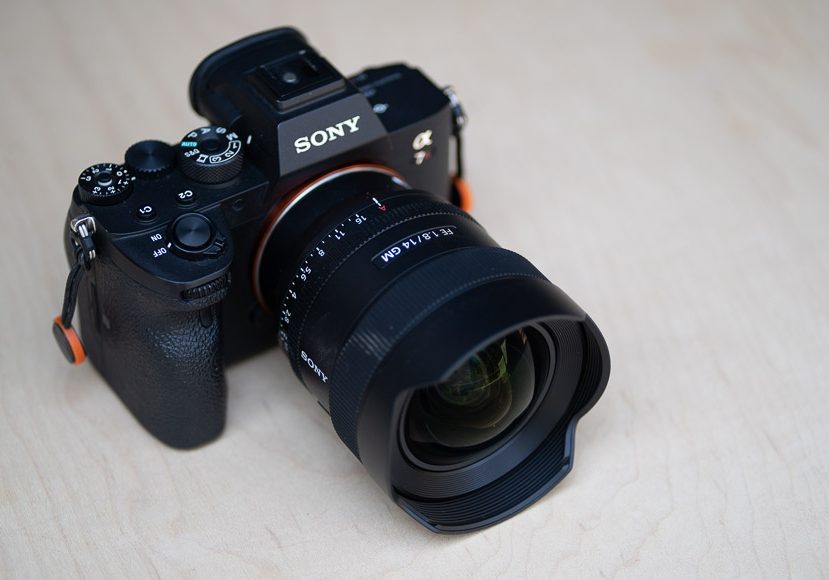
Sony A7R IV Review | High Resolution Sony Mirrorless Camera
The Sony A7R IV captures stunning details and dynamic range with its 61-megapixel sensor. Check out the pros & cons, performance, sample pics and more.
As a Sony camera user for the last several iterations, I love knowing that each generation brings new performance and ergonomic improvements.
Additionally, Sony is creating specific cameras for each type of user – gone are the days of best all-around cameras.
In this review, I’ll be discussing why I believe the Sony A7R IV is for people who want best-in-class detail and the ability to crop in significantly or make huge prints.
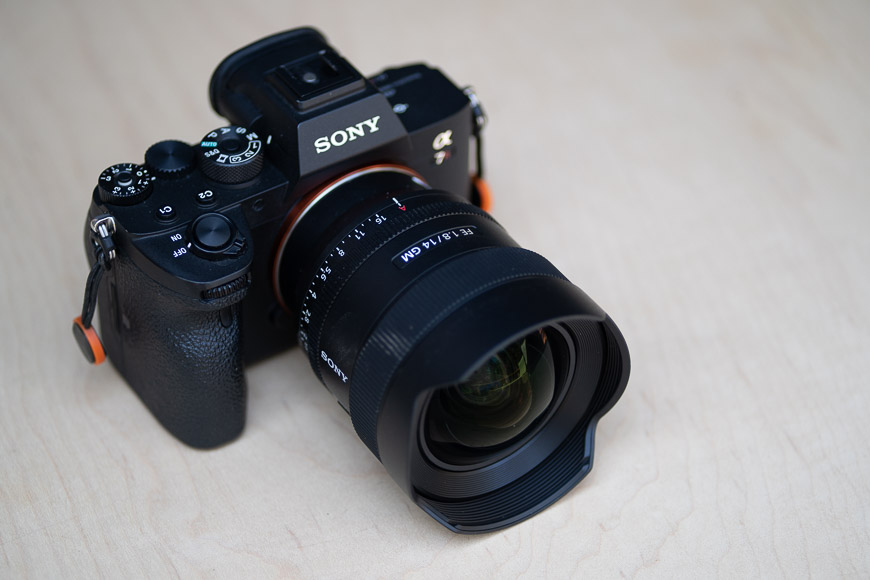
A 61-megapixel sensor and impressive image quality make this a camera to beat for large prints and crops.
Because of its high-resolution capabilities, the Sony A7R IV is an ideal mirrorless camera for commercial and landscape photographers.
While the resolution is where it really shines, it also retains many of the awesome video and photo features you’ve come to expect from Sony.
Let’s take a deeper look.
Sony A7R IV Review | Specs
- Impressive resolution
- Lightweight/compact
- Excellent ergonomics
- Fast operation
- Average low light performance
- Very large file sizes
- Complicated menu system
- 61MP full-frame stacked CMOS sensor
- 85% autofocus coverage across the frame
- 10fps shooting with full AF Mechanical Shutter
- Focus Modes: AF-S (Single-shot AF), AF-C (Continuous AF), DMF (Direct Manual Focus), MF
- Maximum shutter speed 1/8000
- 5.5-stop 5-axis stabilization
- Dual SD card slots (UHS-II)
- 5.76M-dot OLED viewfinder
- 2.36M-dot rear touchscreen LCD
- HD OUTPUT: Micro HDMI Output (Type-D), BRAVIA Sync (Control for HDMI), PhotoTV HD, 4K movie output/4K still image PB
- Battery rated to 530 shots
- 665g (1.46 lbs)
Build & Appearance
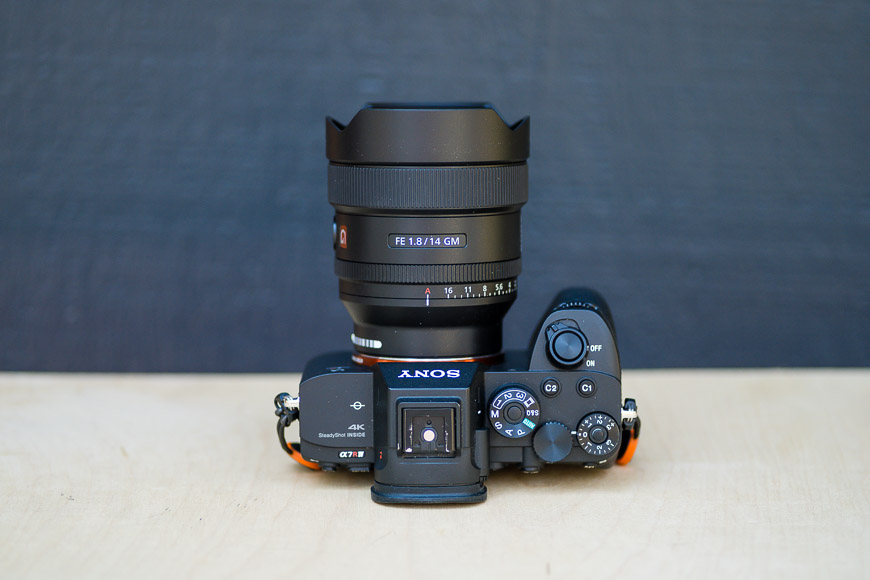
Sony A7R IV + Sony 14mm f/1.8 lens
As expected being the 4th generation of the A7R line, this camera is excellent in terms of build.
The high-quality build of the Sony A7R IV is definitely a step above the Sony A7R III. It’s comfortable and functional in a relatively small package, even if it isn’t the sleekest camera on the market.
The A7R IV has refined features and improvements that make it really comfortable to use. From the grip to the buttons, everything is firmer, more tactile, and highly responsive.
Although it’s slightly larger than previous generations, the Sony a7R IV is still an impressively compact camera given its capabilities.
While other cameras in the Sony lineup have switched to the flip-out LCD screen, the A7R IV retains the more traditional tilt LCD screen, which I find to be more comfortable to use in most scenarios.
In terms of looks, Sony seems to have always taken function over form. Therefore, the A7R IV isn’t as pretty as some of the other mirrorless cameras on the market that have smoother lines and sleeker designs – but its performance makes it stand apart.
What is the best mirrorless camera for professionals?
Ergonomics & Handling
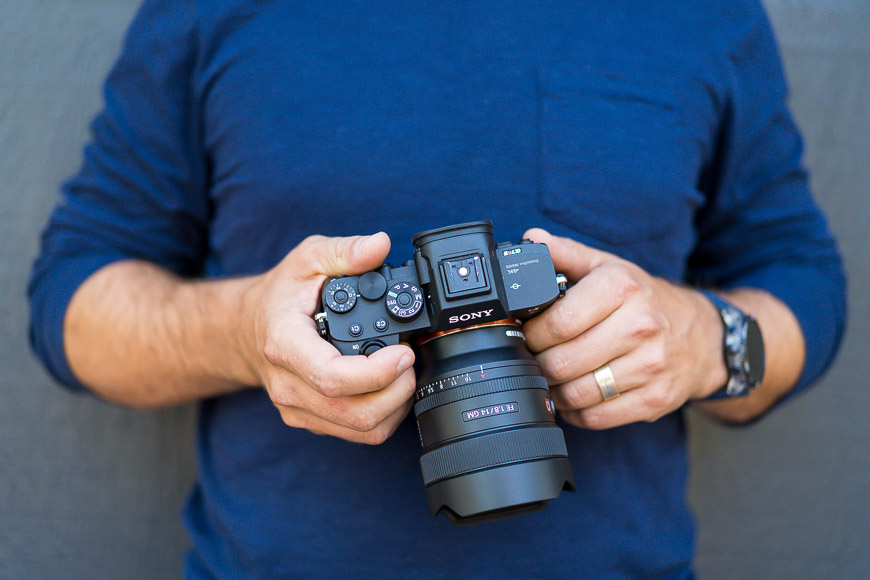
Sony A7R IV + Sony 14mm f/1.8 lens
As I alluded to in my discussion of the build of the camera, the Sony A7R IV feels like a big step forward from previous generations in terms of ergonomics and handling.
I find that you notice these changes the most when you start using the latest model and then switch back to the older generation. Suddenly the once-top-of-the-line previous generation feels clunky and dated when you get familiar with the updated feel of the A7R IV.
The biggest things I noticed were the deeper grip, more responsive buttons, and improved menu layout.
The deeper grip allows for a firmer grasp on the camera. The buttons feel easier to use since they are slightly larger and more pronounced.
I especially like the improved multi-selector button with a grippy texture as it helps me move my focus area around quickly.
When it comes to the menu system, the Sony A7R IV uses the old-style menu system that was only replaced with the release of the A7S III in late 2020.
It would have been great to see this improved menu layout on the A7R IV but I suspect it won’t be until the next generation that it’s updated.
Overall, the ergonomics and handling on this Sony camera are superb and leave me little to complain about.
Focus Performance
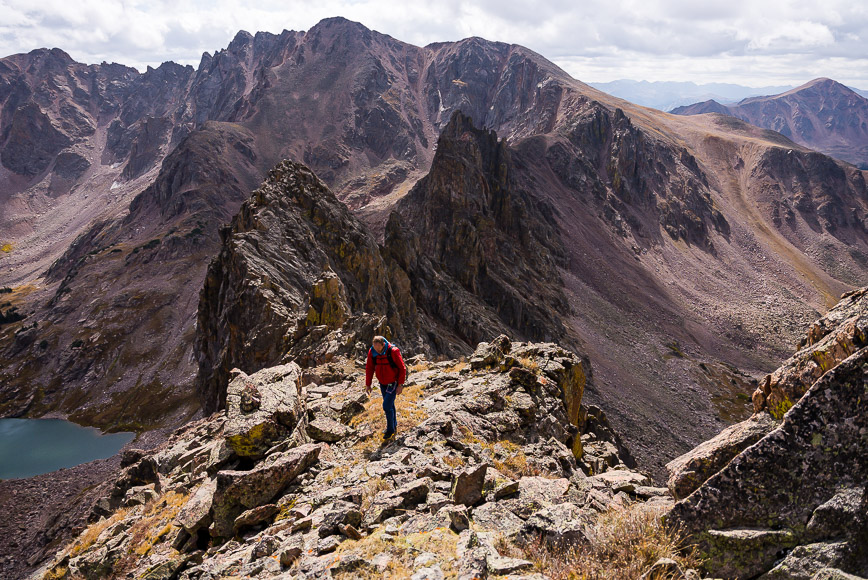
Sony A7R IV + Sony 16-35mm f/2.8 | 1/2000 f/2.8 ISO 100
When it comes to focus performance, the Sony A7R IV is simply excellent. There’s not much to report which is good because it just works.
Autofocus on modern Sony cameras is expected to work flawlessly and the A7R IV is no exception. The autofocus is fast and accurate and locks onto subjects with a satisfying stickiness.
The A7R IV now has 85% sensor coverage making real-time tracking that much more accurate. Eye autofocus and animal eye autofocus are also available and work very well even with fast-moving subjects.
All the autofocus features make the Sony a7R IV camera a joy to use. You can concentrate on things like composition or timing and not worry if your images will be sharp.
Sony has established itself as a leader in autofocus and it’s jarring to think back to the times when this was a major concern on cameras.
I remember back when I started and there were only 9 autofocus points in the whole frame, and realistically, the center point was the only one that worked. Luckily those days are behind us!
Low Light Performance
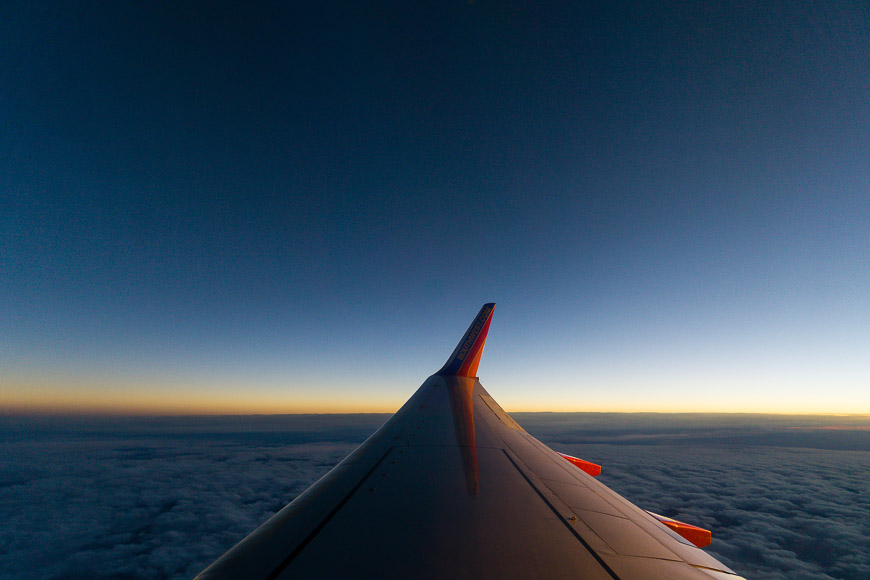
Sony A7R IV + Sony 16-35mm f/2.8 | 1/1000 f/4 ISO 1000
From the beginning of the Sony A7 series of cameras, different versions have excelled in specific areas. The king of low light has always been the Sony A7S line, while the A7R line was defined by maximum resolution.
At 60 megapixels, the A7R IV is more in line with a high-resolution medium format camera than a low-light performer.
If low light is your top priority, I’d strongly recommend the Sony A7S III. At only 12 megapixels, the Sony A7S III can shoot at ISO speeds upwards of 25,600 without significant digital noise.
The A7R IV is a solid performer up to about ISO 6400. Beyond that point, I find the digital noise to be distracting.
What the camera lacks in high ISO performance it can somewhat compensate for in excellent image stabilization.
If you’re shooting slow or stationary subjects, the in-body image stabilization (IBIS) in the Sony A7R IV will allow you to handhold exposures down to ⅛ of a second or less depending on your hand steadiness.
To summarize, the A7R IV is not intended to be an exceptional low-light camera but it performs exceptionally well as a high-resolution camera at low to medium ISO speeds.
Image Quality

Sony A7RIV + Sony 16-35mm f/2.8 | 1/800 f/4 ISO 100
The image quality of the A7R IV is unmatched for the size and price point of the camera.
At over 60 megapixels, it has an exceptional resolution for a full-frame sensor. Most cameras in this resolution range are medium format style cameras.
Because of the high resolution, images are very sharp and have great flexibility when it comes to cropping.
Another strong feature of the A7R IV is the dynamic range. At nearly 15 stops, it can capture extremely high-contrast scenes and balance the exposure nicely.
I find the most useful feature of so much dynamic range is the latitude available in the raw files.
If you miss your exposure slightly because of a fast-moving subject or lighting shift, the files can be recovered to a neutral exposure. Be aware that significant recovery of underexposed images will lead to digital noise – nonetheless, having this latitude is very helpful.
One other concern is that you will generate a lot of data when using the A7R IV. Files sizes can get very large and be a challenge to store if you shoot a lot of images.
For this reason, people that shoot a lot of images will need to be aware of their data management. This camera is much better suited to commercial photographers that might be printing billboards than it is to wedding photographers making a moderate enlargement for clients.
One last feature that can be really helpful is utilizing the APS-C crop sensor mode. This allows you to utilize a smaller area of the sensor to capture 26-megapixel images. Doing this gives the effect of turning a 35mm lens into a 52mm lens, a handy feature if you want to frame up a tighter shot.
Additionally, you can utilize Sony’s line of APS-C lenses and still get adequate resolution to make the files useful.
Overall, image quality is where the Sony A7R IV really shines.
What are the best lenses for Sony APS-C sensor?
Sony A7R IV Sample Images
Here are some images I’ve taken with the A7R IV and various Sony lenses.

Sony A7R IV + Sony 16-35mm f/2.8 | 1/200 f/2.8 ISO 400
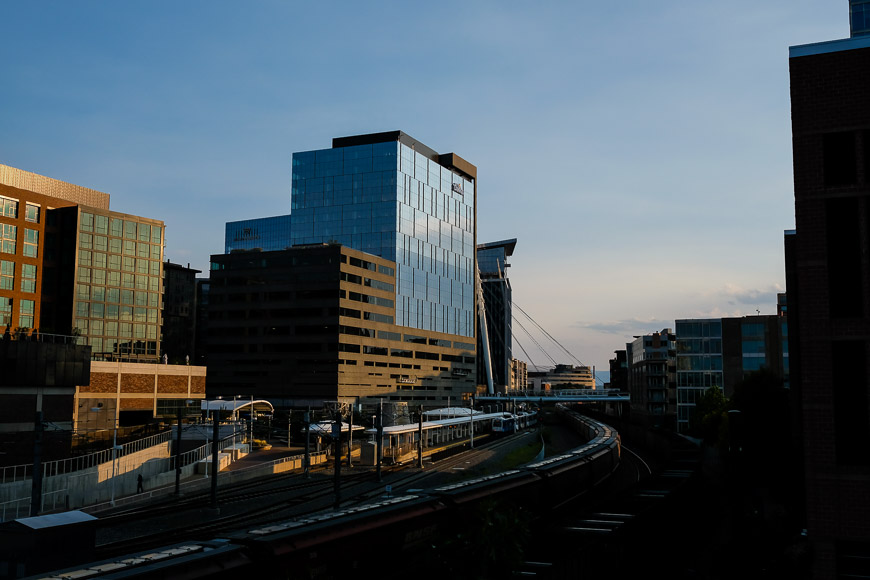
Sony A7R IV + Sony 16-35mm f/2.8 | 1/6400 f/3.5 ISO 400
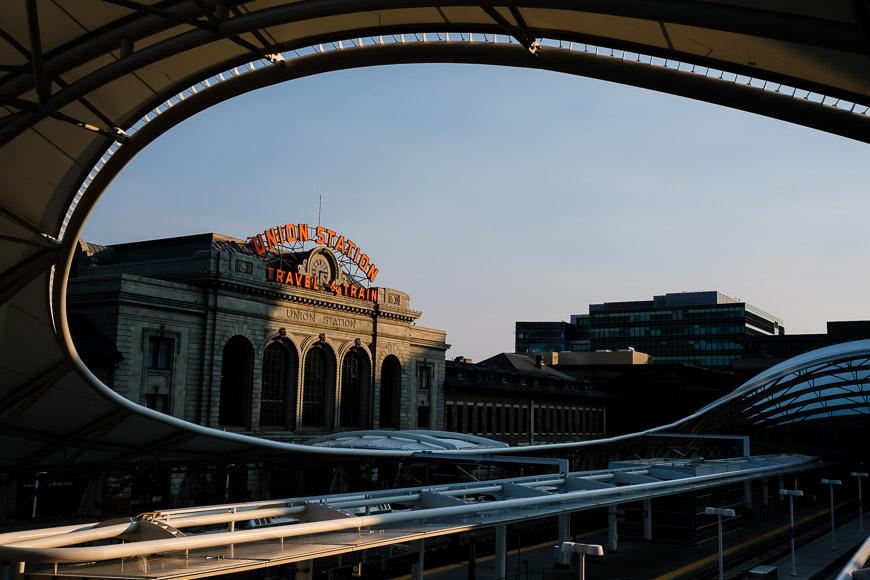
Sony A7R IV + Sony 16-35mm f/2.8 | 1/6400 f/4 ISO 400
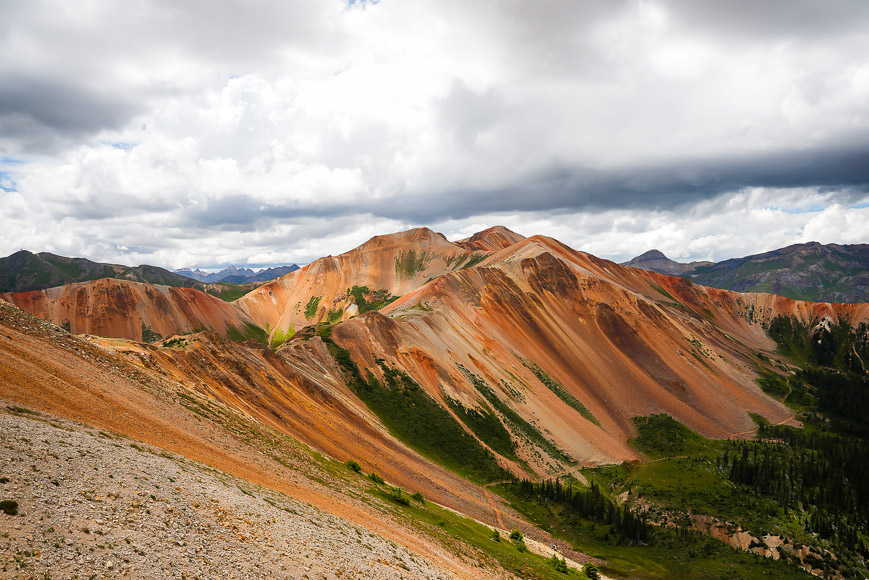
Sony A7R IV + Sony 16-35mm f/2.8 | 1/400 f/4 ISO 100

Sony A7R IV + Sony 16-35mm f/2.8 | 1/1600 f/2.8 ISO 100
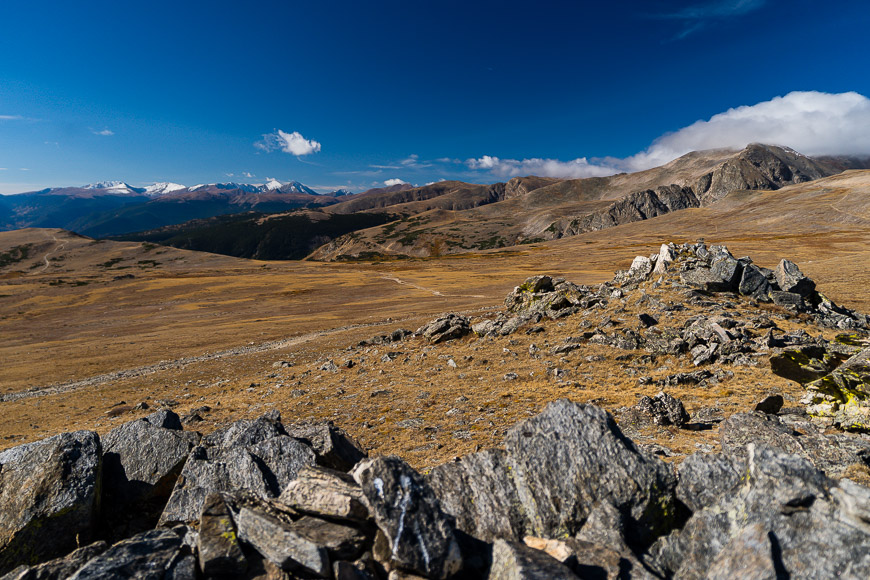
Sony A7R IV + Sony 16-35mm f/2.8 | 1/2500 f/2.8 ISO 200
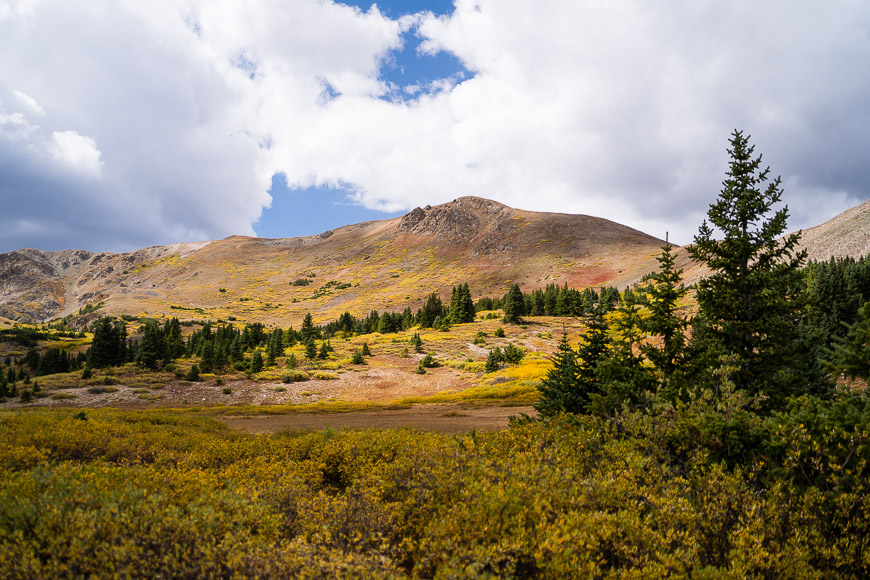
Sony A7R IV + Sony 16-35mm f/2.8 | 1/1250 f/2.8 ISO 100
Overall Performance
The Sony A7R IV is surprisingly quick given its massive resolution. With a 68-image buffer, you can capture an impressive number of pixels before waiting for the camera to write to the memory card.
As the fourth iteration of the Sony A7R line, this camera offers tremendous performance, especially given its relatively compact size.
When paired with fast memory cards like the Sony Tough cards, I never feel like I’m waiting for this camera. Gone are the days when you have to throttle your shooting during fast-paced action.
This camera is also generally fast to use because of its familiar button customization and friendly user interface design.
It starts up quickly and you can customize each of the buttons to your shooting style. I always set up back button focus but in addition, you can set the custom buttons to do things like eye autofocus or switch to APS-C mode.
Other Useful Features
Aside from all the above-mentioned features, I also love the electronic viewfinder on this camera. At 5.7 million dots, it’s very crisp and vibrant.
Checking image sharpness is easily done with the detailed viewfinder.
A few other welcome features are the improved weather sealing, dual UHS-II SD card slots, and long battery life. These simple improvements make the experience of shooting with this camera so smooth and enjoyable.
In addition to the photography features being impressive, this camera also shoots excellent quality 4k video.
It can capture 4k 30p, and while that in itself is nothing groundbreaking, the footage appears very sharp and having this available is always nice.
An additional improvement is the live eye autofocus tracking in video mode and the improved hot shoe that is compatible with Sony microphones.
Put all these features together and you have an awesome package for creating top-level imagery with the best in class image quality.
Value for Money
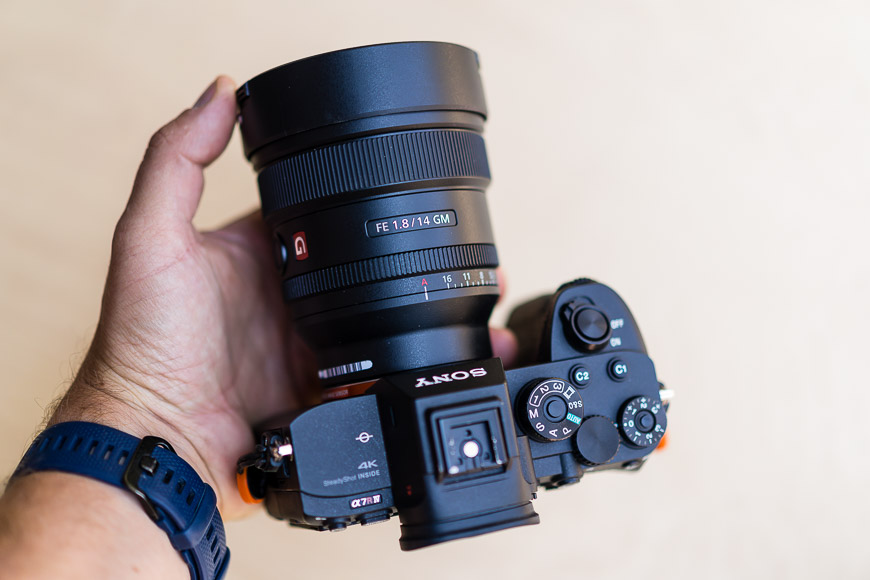
Sony A7R IV + Sony 14mm f/1.8
At around US$3,500, the Sony A7R IV is solid value if you want the highest resolution full-frame camera available.
The Canon R5 comes in at around $3,800 but only offers 45 megapixels compared with the 61 megapixels on the Sony. The Canon R5 leans heavier on the video specs.
Three other cameras to consider would be the Sony A1 at around $6,500 and 50 megapixels, the Nikon Z7 at around $3,400 and 45 megapixels, or the Sony A7R III at around $2,800 and 42 megapixels.
Because most other cameras in its class of resolution offer higher video specs, the Sony A7R IV stands kind of alone. The main feature it offers is very high resolution as other full-frame cameras don’t go beyond ~45 megapixels.
Because of this, the A7R IV offers great value since you often have to pay more than twice as much to get a medium format camera that will surpass it in resolution.
Sony A7R IV Review | Conclusion
For the landscape or commercial photographer, the Sony A7R IV is an excellent mirrorless camera.
The line has progressed substantially over the years resulting in a camera that is well-designed and extremely high quality.
Its 61-megapixel sensor stands in a class of its own, especially given the compact size of the body and the speed at which it can capture images.
Given the massive amount of data this camera can generate in a few hundred images, I don’t see myself using it regularly. However, when significant cropping and large prints are the goal, I will definitely be reaching for the Sony A7R IV.

A 61-megapixel sensor and impressive image quality make this a camera to beat for large prints and crops.









